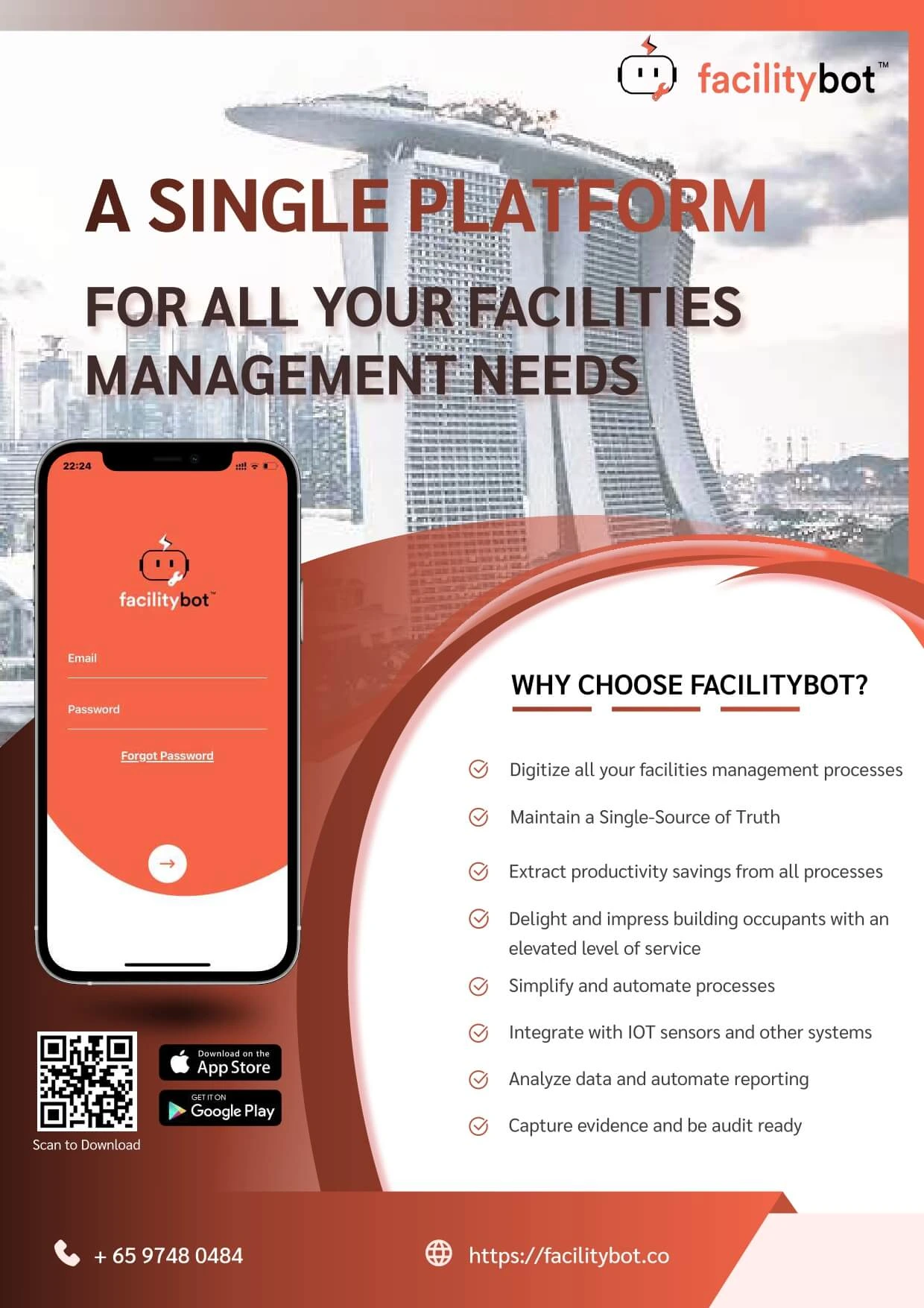Technological development from the past decade has surely changed people’s lives. Generally, developments in computer technology made way for people to do things better, faster, and smarter. One industry that has been enjoying the benefits of computerization is building maintenance services.
Until recent years, many companies have been getting by with a pencil and paper approach consisting of a print-out copy of work orders, receipts, invoices, inventory lists, and checklists. Such manual approaches are inefficient.
Facility managers are confronted with the challenge of keeping up with industry trends while at the same time ensuring a good return on investments. The good news is that modern CMMS software has become very affordable and can now be easily deployed even in small and medium-sized buildings.
Modern CMMS software enables facility management companies to track service requests, generate accurate data and reports, and instant reminders for assets that require preventive maintenance. These features help companies enjoy the benefits of longer equipment lifespan, increased efficiency, and lower operational costs.
Why Do You Need Preventive Maintenance Checklists?
Preventive maintenance checklists ensure standardization and speed. With a suitable set of preventive maintenance checklists in place, the same checks are conducted regardless of the technician performing the checks.
Having preventive maintenance checklists in place also means that work gets done faster as technicians build up a routine for the checks. Training can be geared towards performing the standard checks correctly and efficiently.
Things To Keep In Mind In Developing A Preventive Maintenance Checklist
(1) Get The Right Maintenance Staff On Board
The initial step is to get the right people. The team should include senior supervisors with relevant experience in the specific equipment type, supplemented by middle managers, and technicians.
(2) Set Targets and Objectives
A key aspect of a preventive maintenance programme is to decide on the frequency of checks and the thoroughness of each check. Clearly, there needs to be a balance between the resilience of each equipment, recommended frequency of checks by the manufacturer, industry best practices, regulatory requirements versus available resources.
(3) Gather Detailed Data About Existing Equipment
Before writing a preventive maintenance checklist, technicians must be familiar with the specific equipment. Details like age, installation specifics, previous repairs and part replacements should be taken into account and documented. The cost of equipment downtime should also be considered. Special attention should clearly be paid to critical equipment, where such equipment downtime could cause stoppages in the manufacturing line, severe tenant inconvenience or safety issues.
(4) Figure out Which Asset To Include
First, gather the asset register. Next, go through the asset register to decide which asset should be included in the maintenance program. In deciding which asset to include, consider the impact of the asset downtime, requirement for regular maintenance and replacement costs.
(5) Keep Track of Costs and KPIs and Make Adjustments As You Go
Once the PM program has been implemented, it should be monitored in order to look for improvements. Checklists can be improved. Maintenance KPIs should be monitored. New assets can be added or dropped. Third-party specialists can be brought in if required.
If you’re looking for a smart maintenance software that can help you implement and monitor your preventive maintenance programme, consider giving FacilityBot a try.




